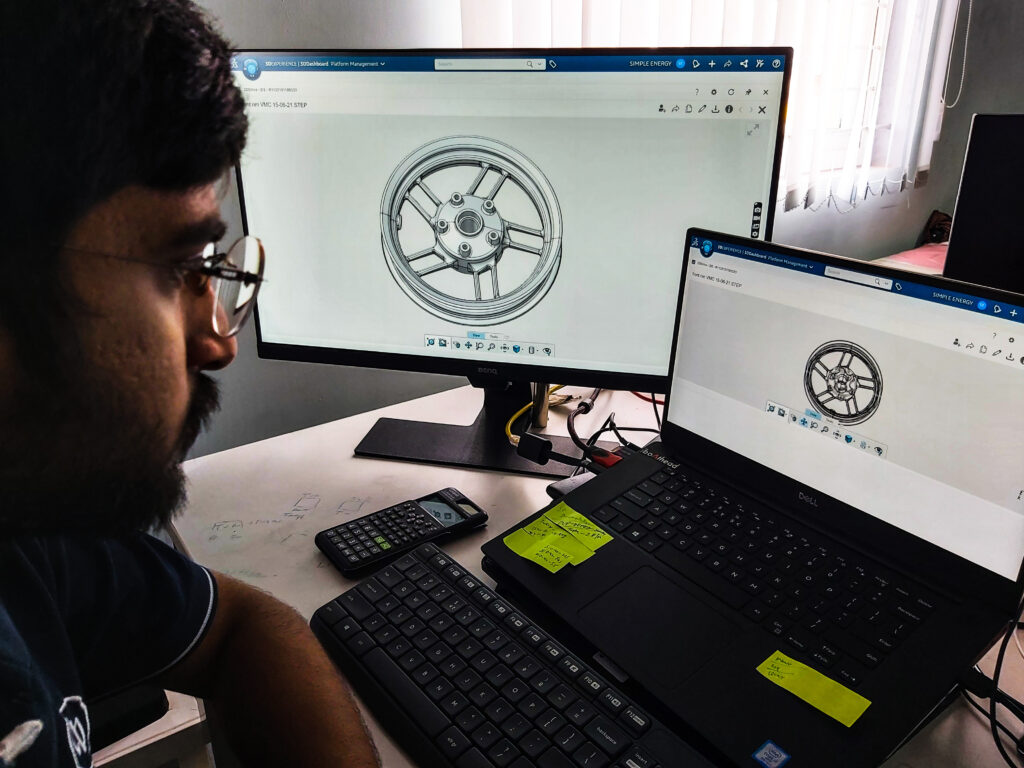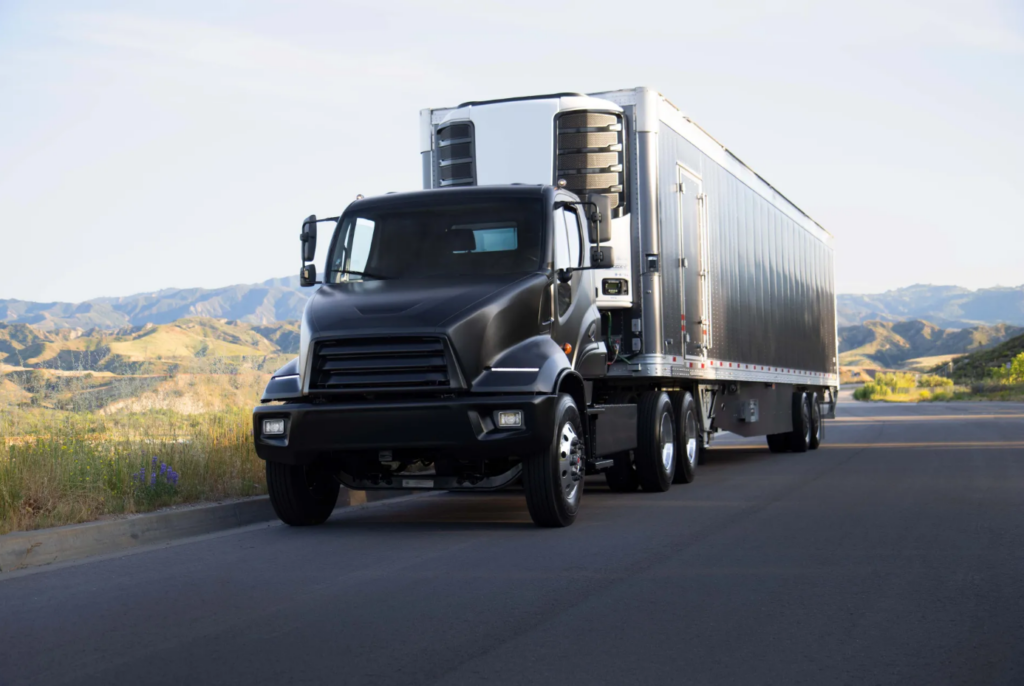Electric vehicles are at the forefront of sustainable mobility, leading the automotive industry to undergo significant transformations. According to the International Energy Agency’s (IEA) latest Global EV Outlook, EV sales went from 1 to 10 million between 2017 and 2022, where it previously took the same amount of time to reach 1 million between 2012 and 2017. Last year alone, electric car sales increased by 55% compared to 2021.
China, Europe and the USA were the top three EV markets and accounted for 95% of global EV sales in 2022. Three emerging markets also stood out: India, Indonesia and Thailand, where EV sales more than tripled compared to the previous year.

The growth of EV sales is expected to continue in 2023. However, the market is not limited to cars, and other segments are making rapid progress as well.
Diversification of choice
The EV market is becoming more and more competitive as the amount of available models grows each year. Fifty new electric car models were launched in 2022, making 500 in total – more than double what was available in 2018.
An increasing number of new players, mostly from China and other emerging markets, are providing more affordable EV models. The IEA states that outside of China, there is a need for original equipment manufacturers (OEMs) to provide less costly options to enable widespread EV adoption.
Boom of the electric two/three-wheeler market
The total electric two/three-wheeler fleet exceeded 50 million worldwide in 2022 and the IEA predicts that it could reach between 220 and 280 million in 2030. Electric two-wheeler sales in China represented 85% of global sales and electric three-wheelers accounted for over half of India’s new three-wheeler registrations in 2022.
The IEA lists three reasons for the success of electric three-wheelers in India:
- They are 70% cheaper than their internal combustion engine counterparts
- Many policies have been implemented to support their deployment
- New business models such as battery-as-a-service are emerging and simplifying the transition to electric for consumers
According to the IEA, battery swapping is the most competitive charging method for two/three-wheelers and India already counts ten battery-swapping companies. Asia has the most battery-swapping stations but the charging method is also gaining ground for two-wheelers in Africa.
EV and component development from start to finish

The Indian government’s EV incentive programs have attracted investment not only for EV development but also for component manufacturing. Designing and developing all the elements of an electric two-wheeler has given an advantage to Indian startup Simple Energy. The company develops all the components of its Simple One e-scooter in-house to reach its range, speed, affordability and charging time requirements – including the electric motor and battery pack. “We wanted a very compact system that still delivered high performance and we realized that we needed to take control and build our own to get the best results,” says Kiran Poojary, CTO of Simple Energy. “We’ve manufactured many components locally to ensure that we’re not too expensive for our target market and can retain our competitive edge.”
Another startup, River, has developed an electric lifestyle scooter that combines utility needs and comfortable driving in just two years. The startup plans to deliver its first e-scooters in August 2023 and expand across Indian dealerships by 2024. Designing all the components in-house enables the company to readapt them for future products and accelerate development and manufacturing.
Soaring opportunities for commercial electric vehicles
Sales of electric light commercial vehicles such as vans have surged by 90% in the past year. Electric heavy-duty vehicle sales have gone up by 45% between 2021 and 2022. Zero-emission buses now represent 4.5% of global bus sales and the IEA highlights that electric bus sales are much higher in countries that have prioritized greener alternatives for public transport: in Finland, they represent 65% of the country’s total bus sales.
Opportunities for electric heavy-duty vehicle development should flourish in the coming years: more than 200 new models entered the market in 2022 and 27 countries have pledged to reach 100% electric bus and truck sales by 2040.
Charging and fleet-as-a-service for electric trucks
Manufacturers can broaden their prospects by exploring the development of charging and battery-swapping stations for trucks that travel longer distances. The IEA draws attention to the benefits of battery-as-a-service for heavy-duty vehicles: purchasing trucks and batteries separately and leasing the battery to vehicle owners reduces costs as well as extends battery life and performance by eliminating the need for ultra-fast charging. This also saves time for drivers who can exchange depleted batteries at dedicated battery-swapping stations in a few minutes instead of waiting for them to charge.

The emergence of fleet-as-a-service (FaaS) is another trend to keep an eye on. Los Angeles-based Xos manufactures 100% battery-electric Class 5 to 8 medium- and heavy-duty trucks and provides fleet management services for last mile delivery. Not only does the company manufacture its own battery system and modular chassis, it also develops software to control the vehicle, power electronics and onboard safety systems.
Xos’ fleet-as-a-service offering facilitates customers’ transition to zero-emission mobility by providing charging infrastructure and logistics, vehicle maintenance and leasing and financing options, which reduces the total cost of ownership of the trucks.
Optimization of battery development
The demand for batteries went up by 65% in 2022, and with it the demand for critical materials such as lithium, cobalt and nickel. The IEA recommends optimizing battery development through the reduction of battery size and the amount of materials needed to manufacture them, and by developing more recycling options.
The IEA points out another opportunity to innovate in this field: the development of an alternative to lithium-ion batteries, sodium-ion batteries (Na-ion) for low-range transportation in urban areas. These batteries do not require critical materials and drive battery price down thanks to the use of lower-cost materials.
Widespread deployment of public charging stations
As EV adoption grows and vehicles gain in range, more publicly available charging stations will be needed, particularly fast charging stations. China leads with more than half of the world’s stock of public slow chargers, followed by Europe, where fast charger stock increased by 55% compared to 2021. India has set the objective to build charging stations at 25 km intervals on major highways, and the United States has invested $7.5 billion to build a national network of 500,000 EV chargers by 2030.
Want to learn more about EVs?
Check out our EV Trends Report and our e-book on EV development with the 3DEXPERIENCE® platform.

